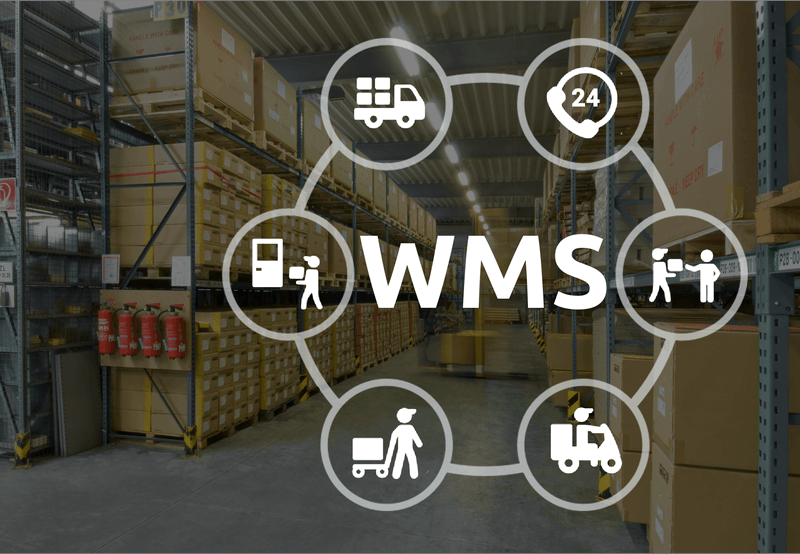¶ Introduction
To understand Qwix, you first need to understand that Qwix is not a typically “designed to spec” system. The core of the software does not directly satisfy the system requirements. Qwix is a very flexible piece of software that is then used to configure and implement the functionality the end user works with. The next two sections will elaborate on this a bit further.
¶ Qwix Framework

On a technical level, Qwix is a framework that enables the configuration and building of complex workflows with special features that enable inventory management.
In development terms a Framework is defined as follows:
An application framework is a pre-written set of code that serves as a foundation upon which software developers can build and develop applications more efficiently. It provides a standard way to build and deploy applications and includes a collection of software libraries, components, and tools that have been developed to solve common tasks in a consistent manner. Using an application framework can streamline the development process, help avoid the repetition of common coding tasks, and lead to more maintainable code.
In Qwix terms, practically, it consists of the combined toolset of the configurable Portal and defined Qwix “Views”, and the various mobile clients and scriptable workflow that enable data (notably inventory) capture and processing.
This allows The Qwix Service team to not only offer you standard implementations of most WMS functions but also allows the Qwix experience to be infinitely customised, far beyond the scope of WMS or logistics for that matter.
¶ Qwix WMS
¶ What is a WMS?

A WMS, or Warehouse Management System, is a software application designed to support and optimize warehouse functionality and distribution centre management. These systems facilitate the efficient management of tasks such as tracking inventory levels, stock locations, and order fulfilment.
Key functions and benefits of a WMS include:
Inventory Tracking: At its core, a WMS helps keep track of products or goods throughout their lifecycle in a warehouse, from the time they enter the warehouse until they are shipped out.
Optimized Picking & Put-away: The system can guide warehouse workers on optimal picking routes and efficient put-away strategies to improve warehouse operations.
Reporting & Analytics: A WMS provides valuable insights about inventory levels, order status, and warehouse efficiency, enabling managers to make informed decisions.
Order Management & Fulfillment: Helps in the rapid processing and shipping of orders, ensuring that the right products are shipped to the right locations on time.
Space Utilization: By understanding product dimensions, weight, and movement metrics, a WMS can suggest optimal storage locations and arrangements.
Replenishment: The system can monitor stock levels and trigger restocking procedures when levels drop below predefined thresholds.
Integration Capabilities: Modern WMS solutions can integrate with other systems like Enterprise Resource Planning (ERP), Transportation Management Systems (TMS), or e-commerce platforms to provide a more holistic operational view.
Labour Management: It can monitor worker performance and help in task allocation, ensuring optimal workforce utilization.
Barcode Scanning & RFID Integration: These technologies facilitate real-time tracking of inventory and assets, significantly improving accuracy and efficiency.
Safety & Compliance: Helps in ensuring that warehouse operations meet industry regulations and safety standards.
A WMS can range from simple software that helps with basic inventory management to sophisticated systems integrated with automation technologies, robotics, and artificial intelligence to drive advanced decision-making and optimization. The right WMS can significantly improve operational efficiencies, reduce costs, and enhance customer service levels.
¶ Qwix as a WMS*

Because Qwix was born out of the need for inventory management and Warehouse management, the framework is used to build a comprehensive library of standard Qwix modules and features that address even the most complex and demanding warehouse environments. Not only does Qwix fulfil the required system roles in the warehouse environment, but extends beyond its walls into various related areas:
- Warehouse Management
- WIP tracking (shop floor data collection)
- EPOD (Electronic proof of delivery)
To understand how Qwix achieves such a powerful level of features, you have to understand the various building blocks of the Qwix standard system. You can do a deep dive into the Qwix offering by looking at:
- Qwix Modules
- Qwix Features